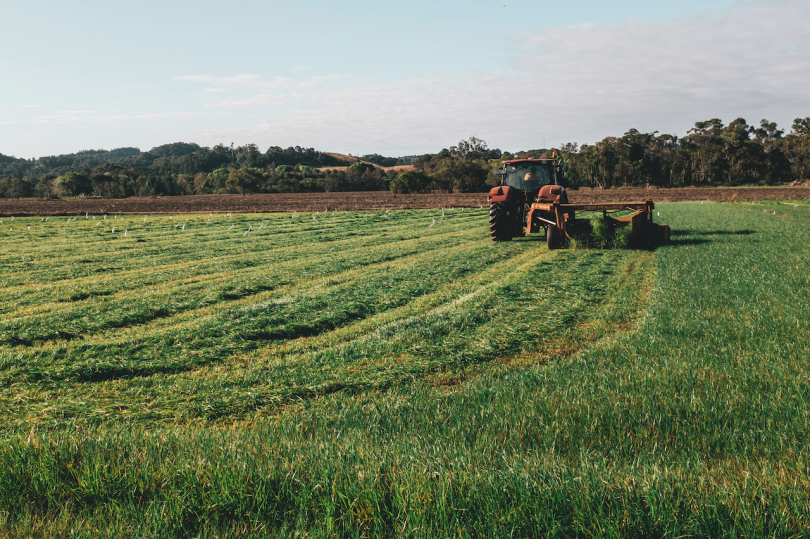It’s an exciting time to be involved within the hemp industry. Mainstream acceptance and an ease of federal regulations have led to a boom that is proving exciting both for those involved with the production of hemp-based products but also the public who will directly benefit from a wide range of offerings that are now more easily available.
From a production standpoint, progress within the hemp-growing industry does not mean an end to regulations. Every hemp farmer or grower knows that there are plenty of rules to follow to maintain good standing with any and all regulatory agencies overlooking their operations. Forget to follow any of these newly established rules and regulations and you face a fine and/or the loss of your hemp growing venture altogether.
One critical area of these regulations that all hemp producers need to pay attention to is the disposal methods for non-compliant plant matter and byproducts. Familiarize yourself with the regulations laid out by the United States Department of Agriculture (USDA) for hemp disposal in addition to any state rules in your local area.
Below is a breakdown of some of the key considerations with the federal hemp disposal methods as outlined by the USDA. Bear in mind that the purpose of disposal, in the eyes of regulators, is to “transition the non-compliant product into a non-retrievable or non-ingestible form.”
- Mulching/Composting – Hemp crops are mixed in with plant matter, manure, or any other type of biomass. The breakdown of this organic material is a proper disposal method and can also be used for future soil and fertilizer.
- Plowing Under – This is a form of ‘in-field’ composting that uses a plow or other means to turn over the crop and surface layer of soil to bury plant matter underground. This is most easily accomplished with heavy machinery and is a quick and effective way to dispose of non-compliant or unusable hemp crops.
- Mower/Chopper – This disposal method uses a large lawn mower to cut down and destroy standing crops to render them to an unusable state. This is a simple and easy method of disposal.
- Burial – This method involves digging a trench with heavy machinery such as a backhoe or plow and then burying plant matter and the surface soil a minimum of 1-foot underground.
- Burning – Just as it sounds, non-compliant crops are set afire to dispose. This is an effective method of disposal but extreme care needs to be implemented when setting any crop on fire. Certain areas require you to get a permit or have local fire authorities present for the burn. This method should only be done if there is no risk of the fire spreading out of control.
Image Source: Graphic 1








